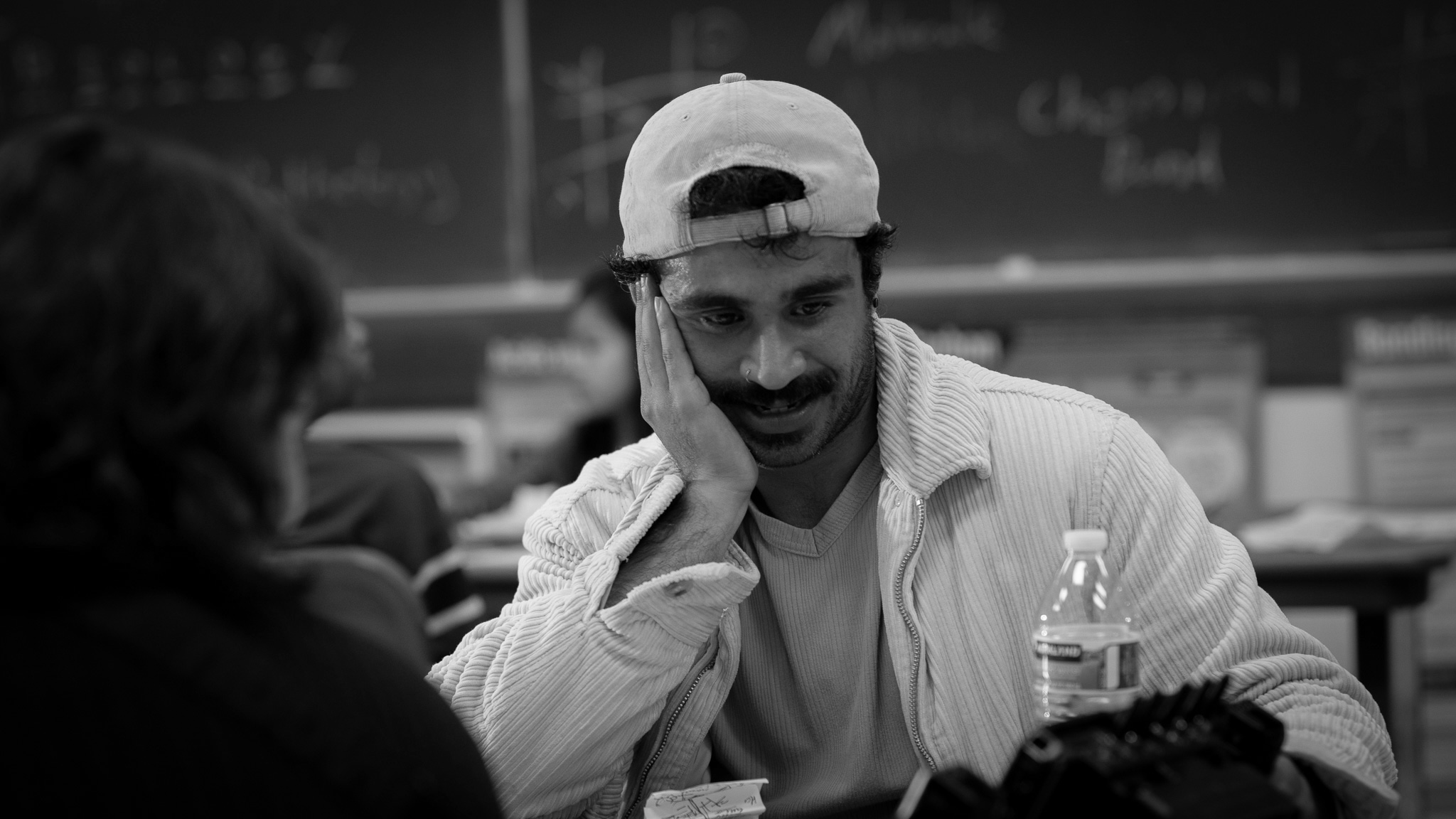We caught up with the brilliant and insightful Ibrahim a few weeks ago and have shared our conversation below.
Hi Ibrahim, thanks for joining us today. We’d love to hear about a project that you’ve worked on that’s meant a lot to you.
In 2021, I was part of Theatre X’s International Performing Arts Festival in Berlin. Due to travel restrictions during the COVID-19 pandemic, I wasn’t able to attend in person, so I created a short film titled Tra-sh, inspired by the performance we had developed. The title plays on the word “trash” to reflect the lived experience of a trans person in a world that both discards them and is itself in decay.
I grew up in northern Pakistan, surrounded by lush green hills and snow-capped mountains—landscapes that were already deeply affected by climate change. My reverence for nature parallels the respect I hold for the strength and resilience of trans individuals throughout history. As a queer person raised in a non-accepting society, and now living in the U.S. as a brown Muslim, I often find myself navigating life from the margins. That experience of constant otherness has shaped the way I see the world and the stories I choose to tell.
Transforming a 40-minute live performance into a 12-minute film with a collective of queer dancers—most of whom cannot envision a stable livelihood in the arts, yet continue out of sheer love and survival—was one of the most meaningful creative journeys I’ve had. Tra-sh holds a special place in my heart not only for what we made, but for how we made it. It was a moment of pure commitment and shared vision, driven by trust, passion, and the unspoken bond between artists who saw a piece of themselves in this work.

Ibrahim, love having you share your insights with us. Before we ask you more questions, maybe you can take a moment to introduce yourself to our readers who might have missed our earlier conversations?
I’m a filmmaker, screenwriter, and theater artist in the final year of my MFA in Narrative Film Directing at UCLA. I was born and raised in northern Pakistan. Where I discovered storytelling as a means of survival. In a society where queerness was silenced and emotional vulnerability often dismissed, art became my refuge. I began my creative journey in theater, spending nearly a decade directing, writing, and performing. The stage gave me a voice, but it was in film that I found the language to fully express the complexities of identity, trauma, and love.
I hold an undergraduate degree in film and theatre from Pakistan, where I honed my skills as a screenwriter and actor. My transition into filmmaking was driven by a desire to expand narratives about queer Muslim identity and to explore the layered experiences of people who live at the margins—culturally, emotionally, and spiritually. My work, often a fusion of psychological horror, romance, and social realism, examines themes of addiction, betrayal, cultural expectation, and silent resistance. Projects like Dear Dad, Big, Yikes!, and Sabburah embody my vision.
My commitment to emotionally driven storytelling that blends movement, music, and rich cultural texture sets me apart. I have collaborated with composers, choreographers, and fellow filmmakers to create deeply immersive cinematic experiences.
Through my work, I continue to interrogate societal norms while celebrating vulnerability and pushing for more inclusive narratives in film. Whether directing, writing, or producing, I am drawn to stories that are raw, poetic, and filled with both chaos and grace. My goal is to offer not just representation, but resonance—to make space for those who, like me, have lived in silence and are now ready to speak, create, and be seen.
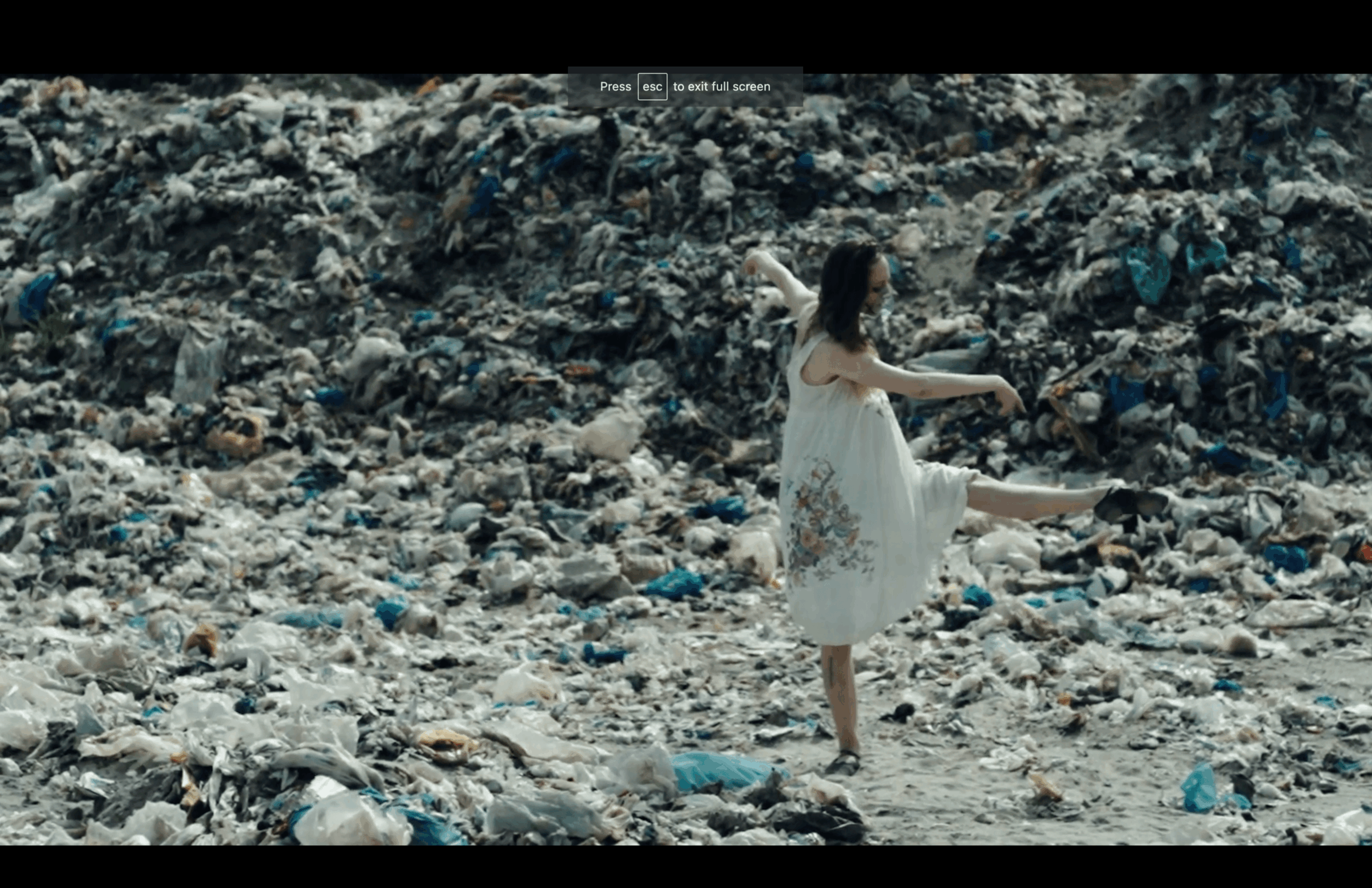
What do you find most rewarding about being a creative?
The most rewarding aspect of being an artist or creative is the moment of connection, when something I’ve made resonates deeply with someone else. In that shared emotional space, art becomes more than just storytelling; it becomes a bridge between lived experiences. As a filmmaker, I strive to portray characters, cultures, and emotions that might otherwise go unnoticed or unspoken. So when someone approaches me after a screening and says, “Thank you for making your film—because of it, I felt seen,” that moment becomes the most precious feedback I could receive.
Art, to me, is a form of empathy. It allows us to step into the shoes of others, to understand them, and sometimes to understand ourselves better. When someone connects with my work in a way that affirms their own identity, pain, or joy, it reminds me why I tell stories in the first place. It’s not about spectacle or recognition—it’s about resonance. That shared breath between creator and audience, where a scene, a line, or even a glance feels familiar, is where the true power of storytelling lies.
Especially as someone whose background and identity are often underrepresented, being able to reflect those narratives authentically and have them land meaningfully with others, whether they share my background or not, is deeply fulfilling. It tells me that I’m not just creating in isolation, but contributing to a larger, ongoing dialogue about what it means to be a human.
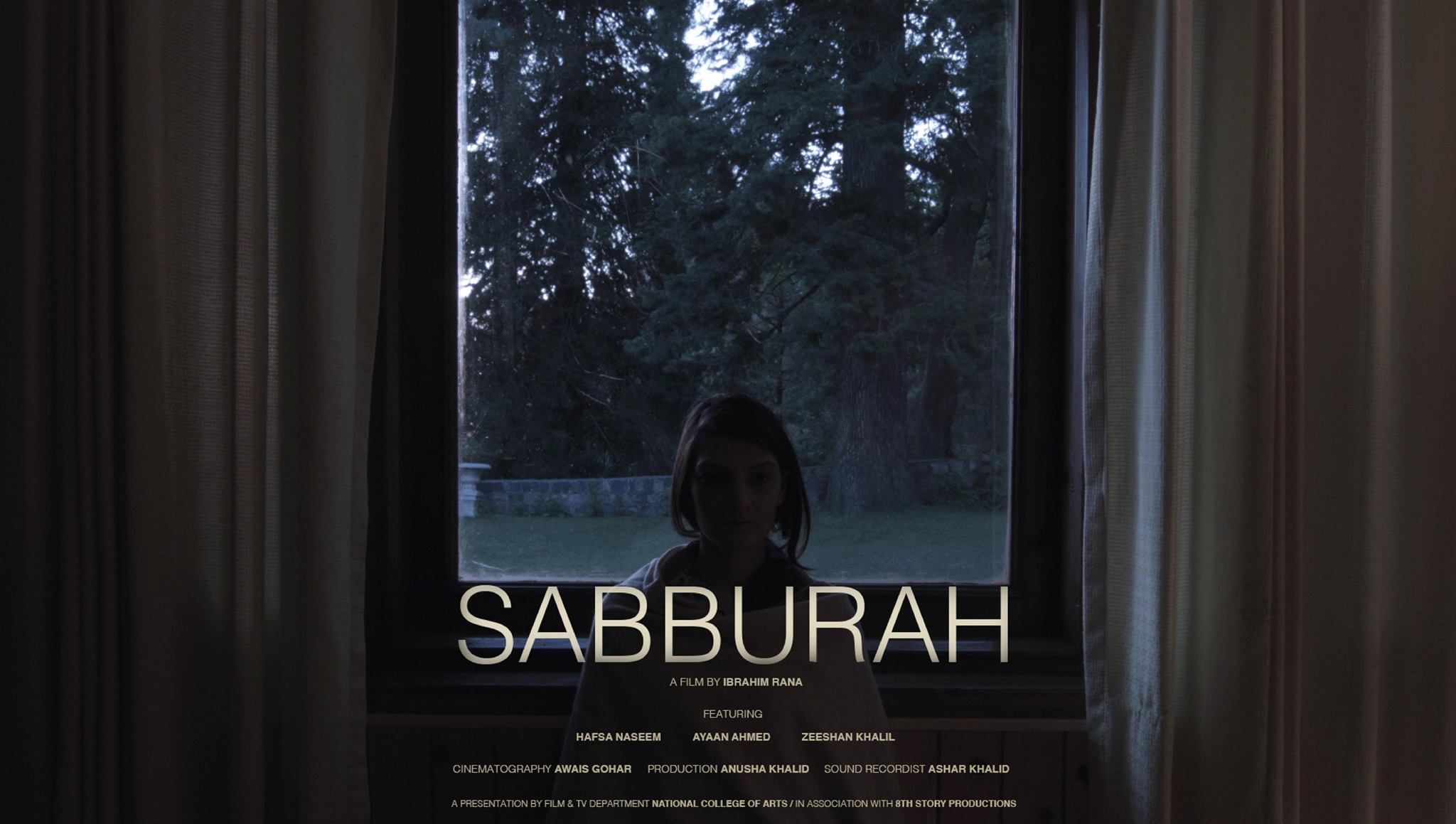
Are there any books, videos, essays or other resources that have significantly impacted your management and entrepreneurial thinking and philosophy?
Rick Rubin’s The Creative Act is more than just a book—it’s a spiritual companion for anyone who creates. For me, it felt like reading a sacred text made for artists. It strips away the noise of external expectations and gently brings you back to the core of your being, where creativity flows naturally. One of the most powerful lessons I took away was the idea that creativity isn’t something we control—it’s something we receive. Rubin emphasizes the importance of being a vessel: tuning into the world, quieting the ego, and allowing ideas to pass through us.
The book reminded me that perfection is the enemy of creation. Rubin invites us to embrace imperfection, trust our instincts, and honor the process, no matter how messy it gets. That was liberating for me, especially in moments where I felt blocked or uncertain. He encourages curiosity over judgment, exploration over outcome, and presence over pressure.
Another lesson that stayed with me is his reverence for stillness. Creativity, Rubin says, needs space. In a world that moves so fast, the book gave me permission to slow down, listen, and just be. That stillness brought me closer to myself—my beliefs, my fears, my voice. Rubin’s approach to belief also struck a deep chord. He speaks of faith, not in a religious sense, but in the sense of trusting the unseen. Of believing that what wants to be made will find a way through us, if we let it. That idea rekindled my sense of wonder and purpose.
The Creative Act didn’t just inspire me—it healed me. It taught me that being creative is not a goal, it’s a way of living. And I carry that with me every day.
Contact Info:
- Instagram: https://www.instagram.com/ibrahimarana/
- Linkedin: https://www.linkedin.com/in/ibrahim-rana-197494153/
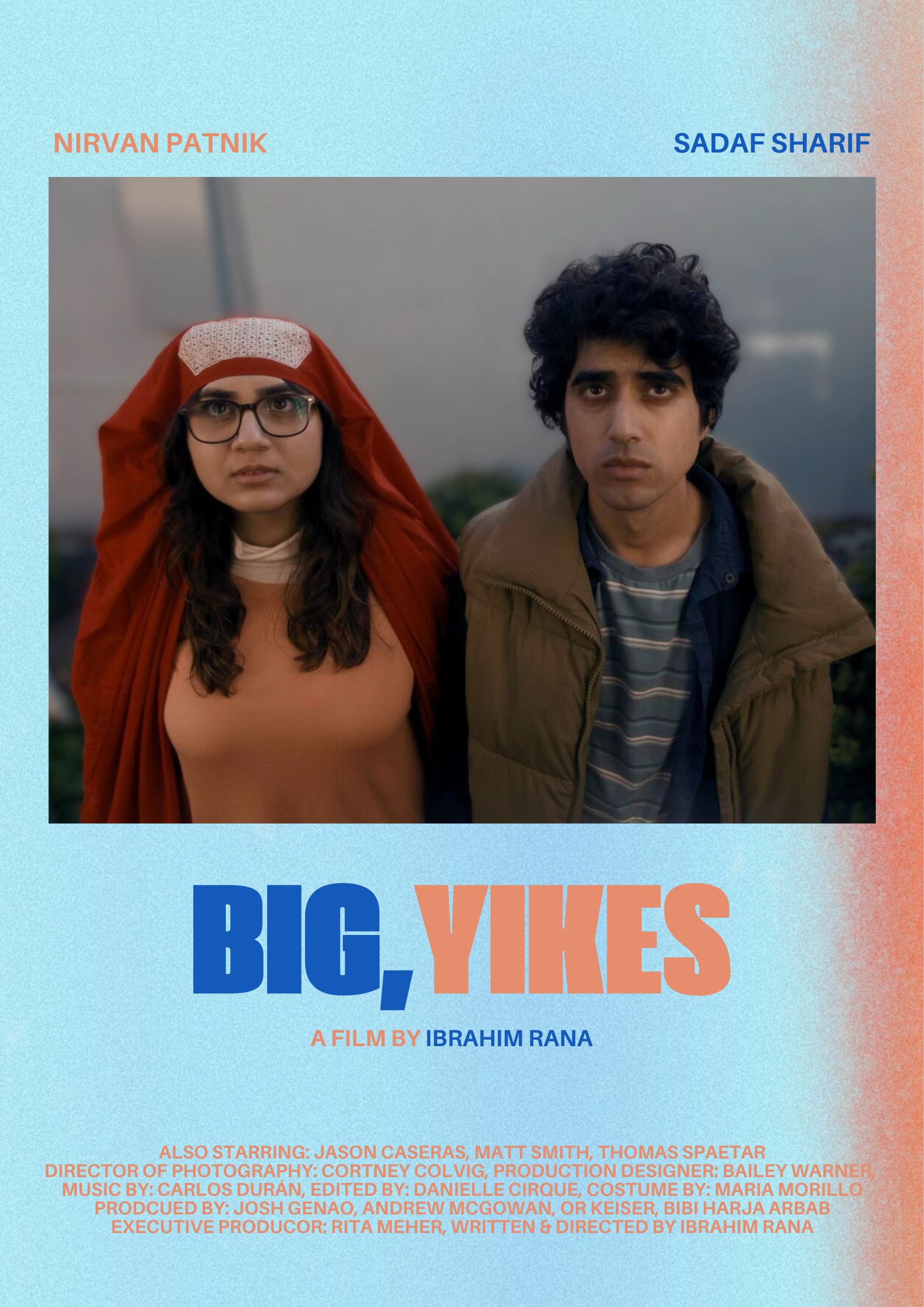
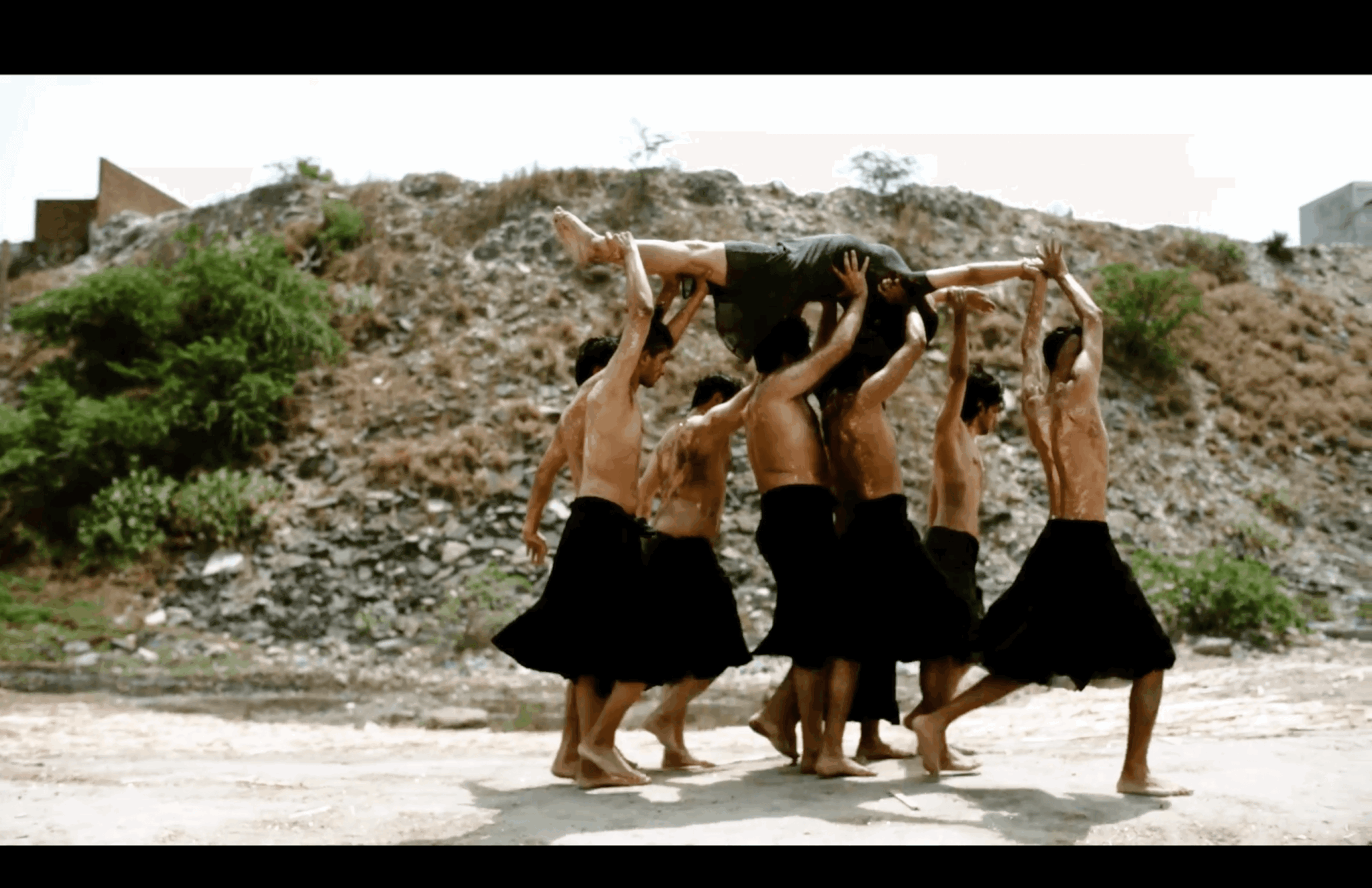

Image Credits
Portraits by Samantha Umbay,
Film stills/Posters by Ikram Khan, Cortney Colvig & Awais Gohar


